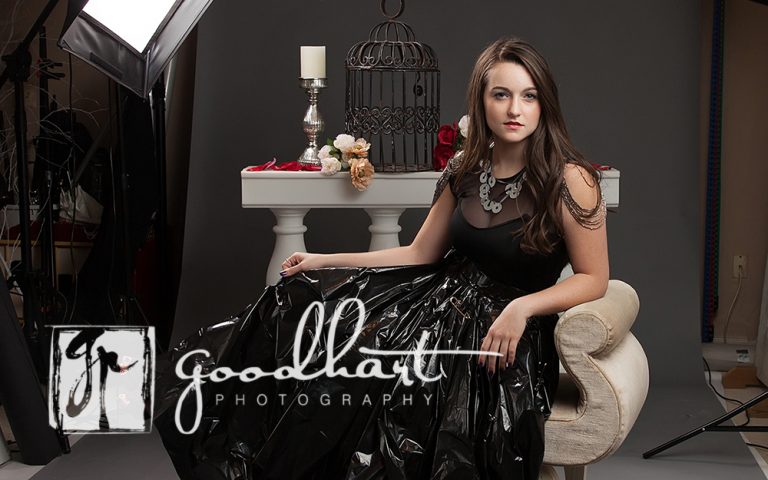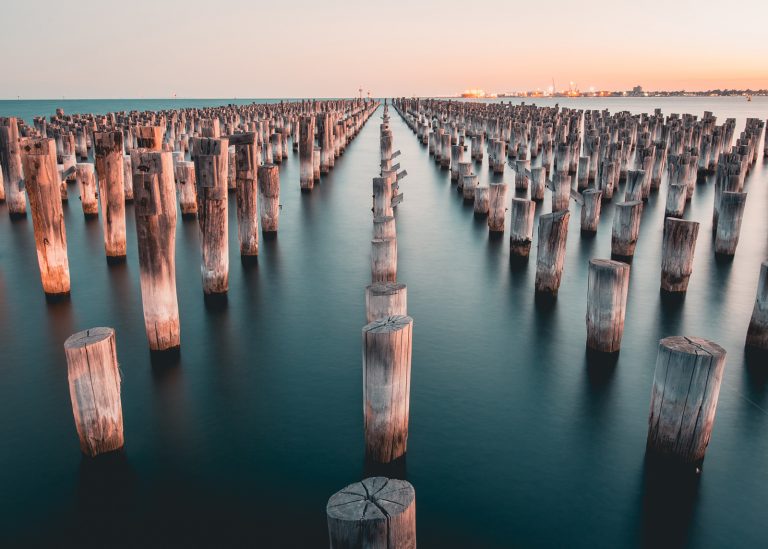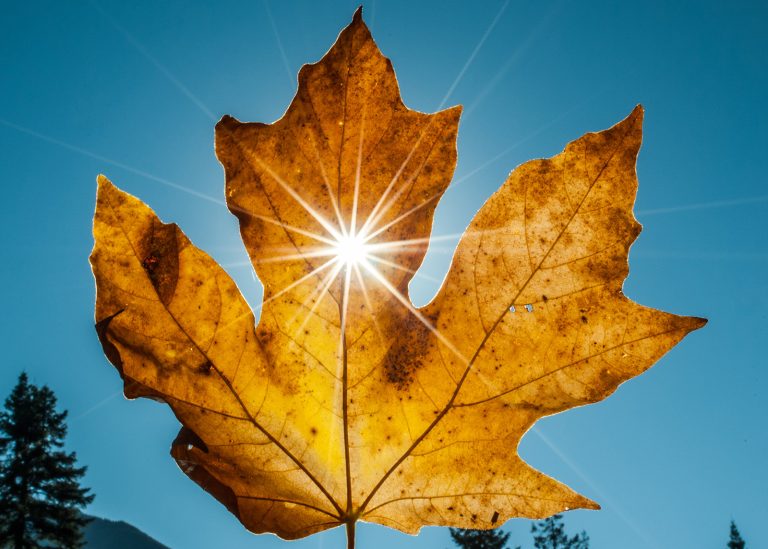Photography Element of Composition: Color
Color contributes enormously to the effectiveness of an image. Color has a big impact on the viewer’s perception and emotional response. There is an entire field of color psychology, used by marketers to figure out what will make you buy the product they are trying to sell, film directors to enhance the mood they are seeking to create, spa owners seeking to create restful environments for their clients, and more.
We can use this knowledge and understanding of color in our images to strengthen our compositions and create striking and impactful photographs. By working with color meanings (meaning our subject, the emotional response we want from the viewer, and the colors in our image all go together) our images have a greater sense of completion and integrity. By working against color meanings, our images can feel disconcerting and take the viewer by surprise.
The emotional impact and meaning of colors vary a little bit across cultures and with people’s personal experiences, so take color psychology and analysis with a grain of salt.
Color Gallery
Below is a series of eight images.
Look at each image and come up with a word that reflects how the image makes you feel, or what the image makes you think of. Then look at the color definitions further down in the post and see if your word fits.
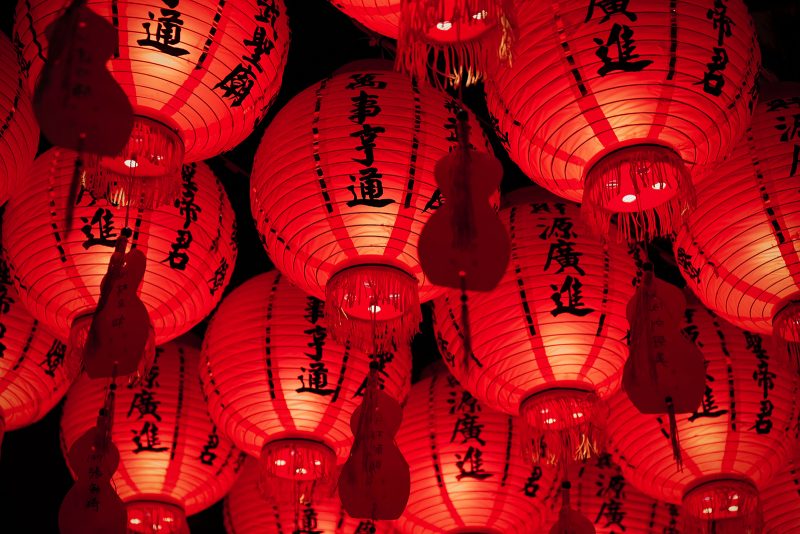
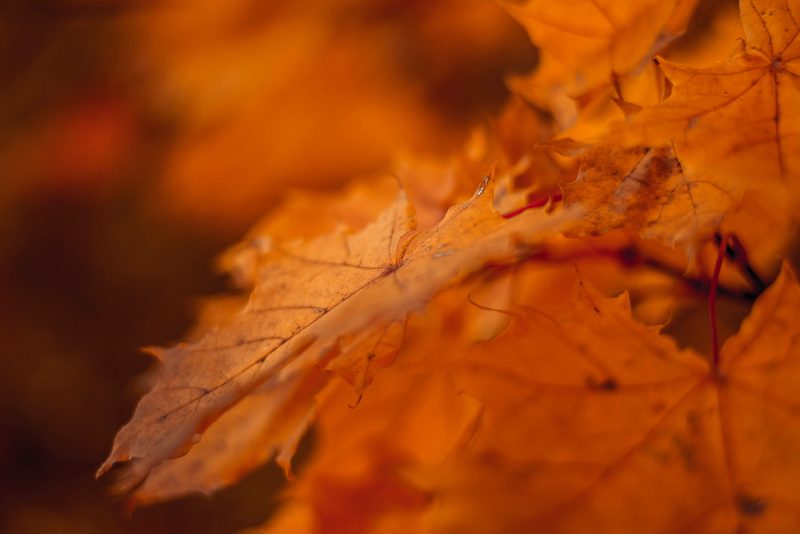

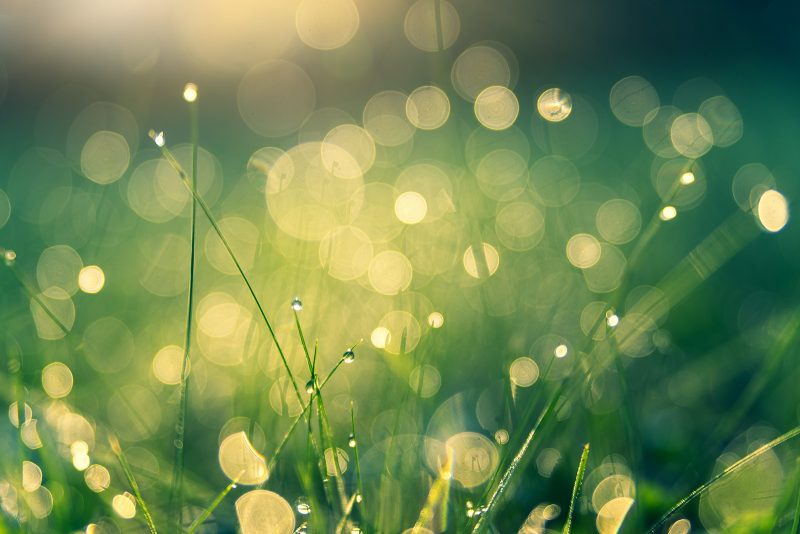
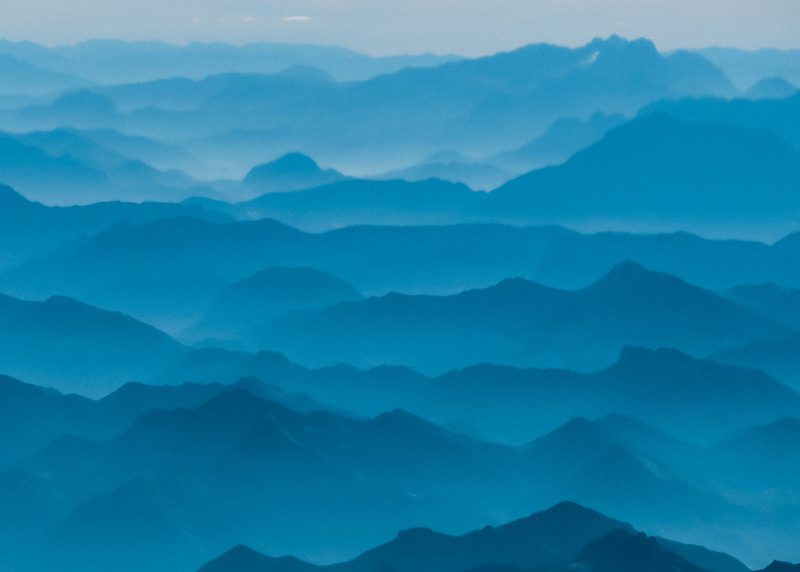
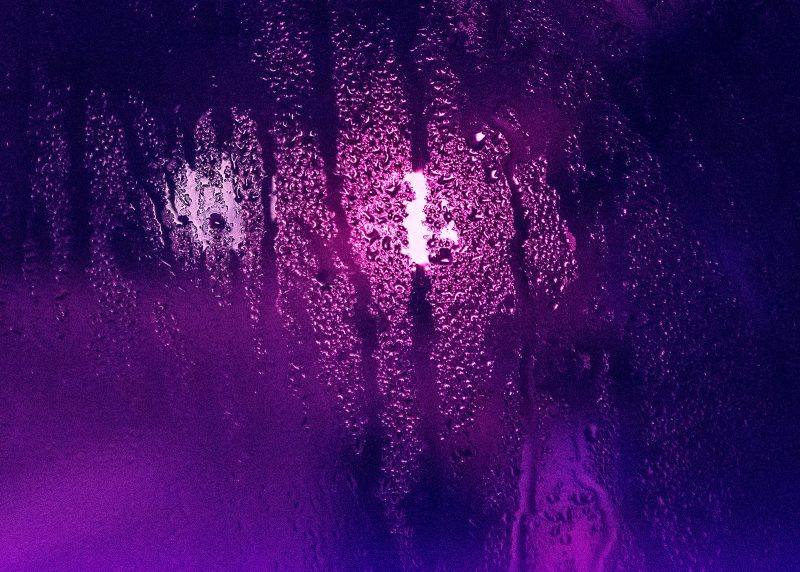
Technically speaking, white and black aren’t actually colors — in art white is an absence of color and black is the presence of all color. In light, the opposite is true — white is a mixture of all colors, and black is the absence of color. However for the purposes of photography, I’m including white and black because they can be really powerful!
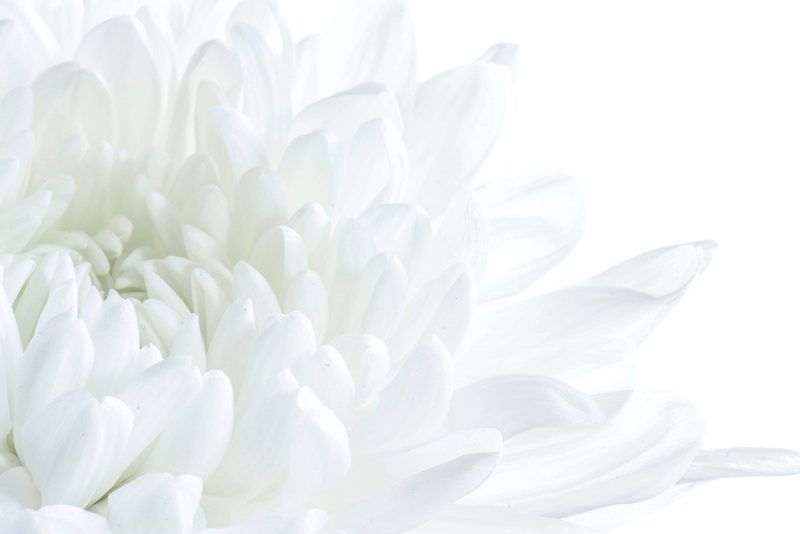
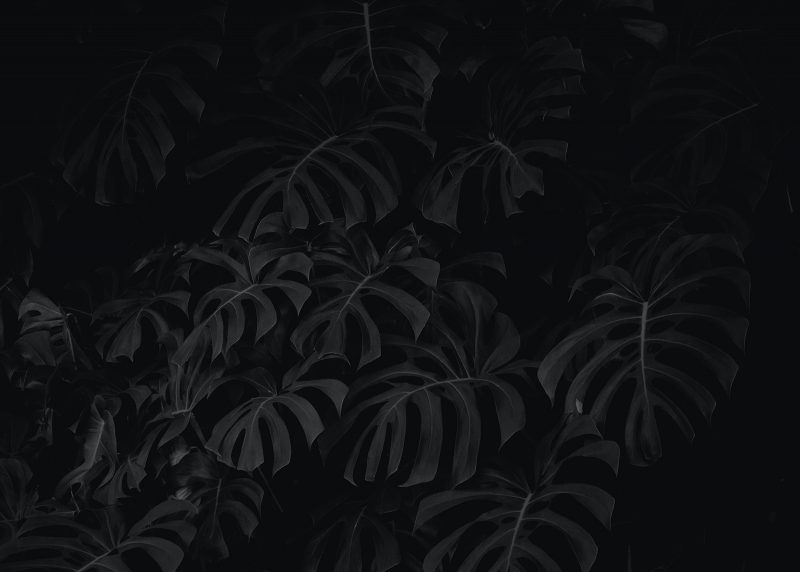
The Meaning of Color
Red: Power, war, intensity, danger, passion, anger, drama, love
Orange: Energy, warmth, fun, harvest, fire, fall
Yellow: Happiness, joy, sunshine, warmth, optimism, brightness
Green: Freshness, hope, renewal, life, growth, nature, relaxation, abundance
Blue: calm, coolness, tranquility, water, air, purity
Purple: royalty, ceremony, romance, magic, mystery, solemnity
White: purity, innocence, light, good, cleanliness, simplicity
Black: Darkness, power, elegance, mystery, evil, sophistication
How did you do? There is some overlap of course, particularly with colors close to each other on the color wheel. For example, blue might also mean hope to some people, green might also mean tranquility.
Color Saturation
The richer and more vibrant and saturated a color is, the more attention it draws and the more energy it has. The less saturated and more muted a color, the more calming the color and subtle the effect.
Think about when you paint walls in your home. Pale colors are soothing, whereas a saturated color has a big visual impact and demands that you pay attention to it.
So if you are really trying to provoke a strong emotional response through the use of color, you’ll want to use rich, saturated colors in your images.
Color Relationships
The six primary colors occur on the light spectrum in the order of red, orange, yellow, green, blue, and indigo/violet. The colors are shown below on a color wheel.
The relationship between colors on the wheel (complementary, analogous) can have a dramatic impact on your images, and I’ll talk more about this in a separate post.
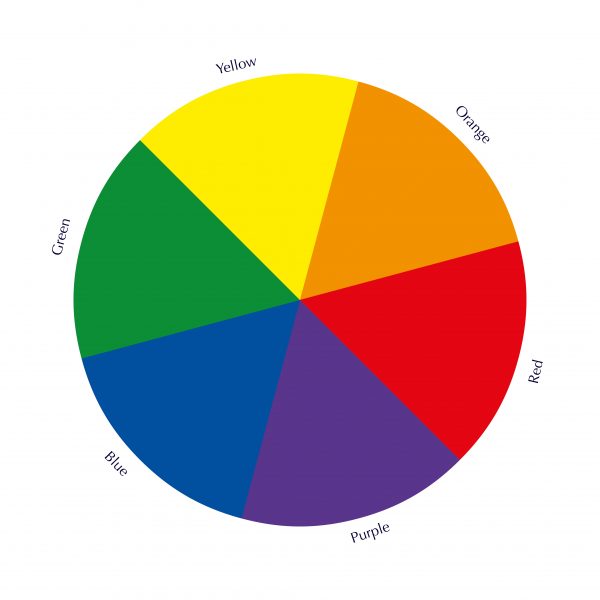
#MindfulPhotoChallenge: Photograph a Monochromatic Color Image
A monochromatic image uses variations of a single color to create an image. White and black are freebies, they can be in your image as long as they don’t dominate.
In today’s challenge, you’ll be using one color on the wheel (or black or white) to create a monochromatic image, like the ones in the beginning of this article.
To do this, you’ll often have to zoom in and show part of a subject to eliminate other colors from your composition.
Experiment with different angles and points of view. Try to find something interesting in your composition – lines, pattern, texture, light, etc to interest the eye so that you are not simply taking a photo of a flat blue wall for example.
Share your images on Instagram with #mindfulphotochallenge and/or #RefocusPhotoChallenge, and tag me @ goodhartphotography.
If you enjoyed this article, you might like:
- My full color 30-Day Photography Challenge Workbook here on Amazon.
- My Photography Articles Listed and Sorted by Type here
- My Mindful Photography Workshop here
- My “A Gossamer Thread” Newsletter about photography/creativity, productivity, and joy here
Photo credits: Daniel-novykov, christian-ladewig, demi-kwant, Juan-davila.


